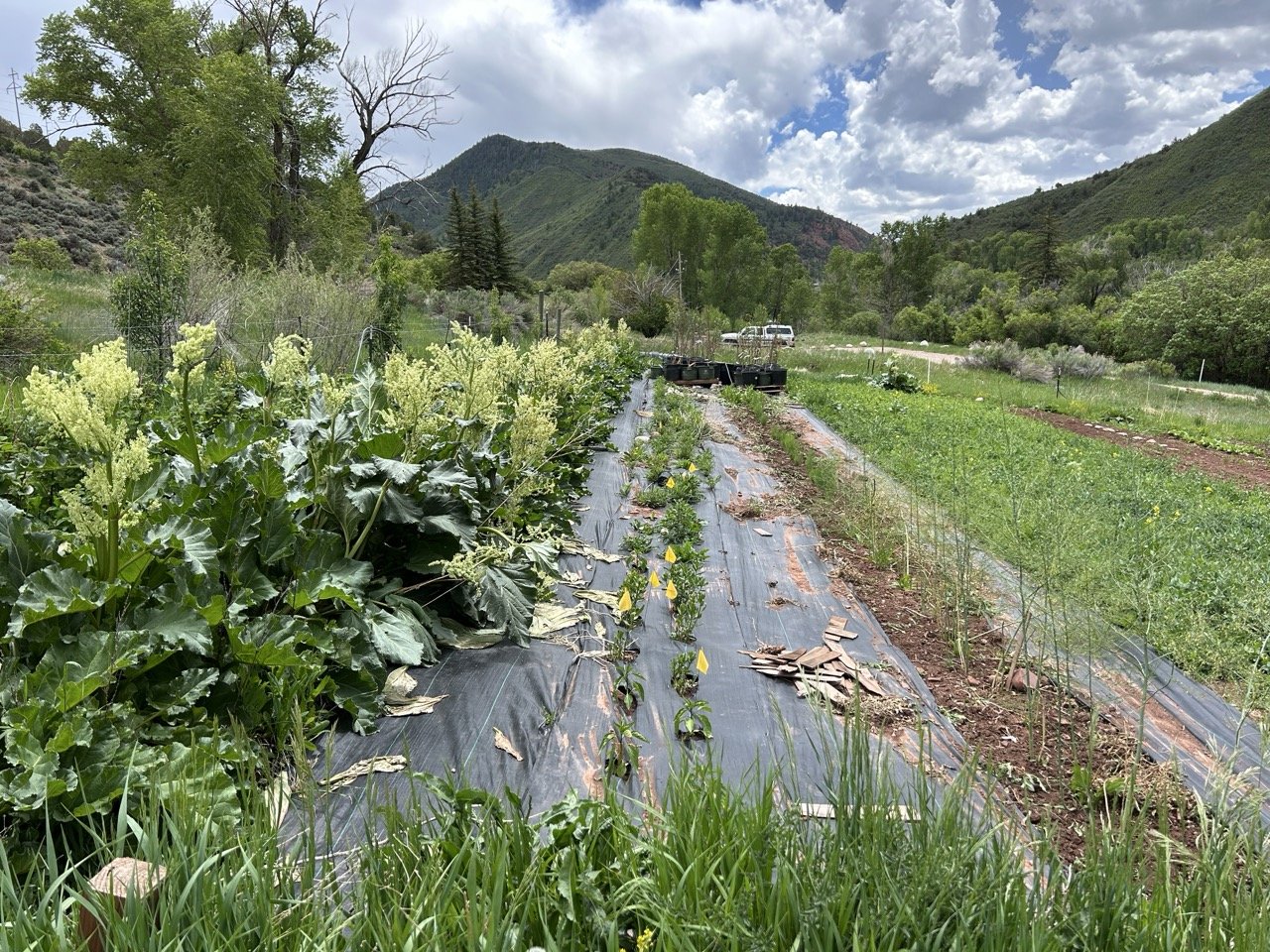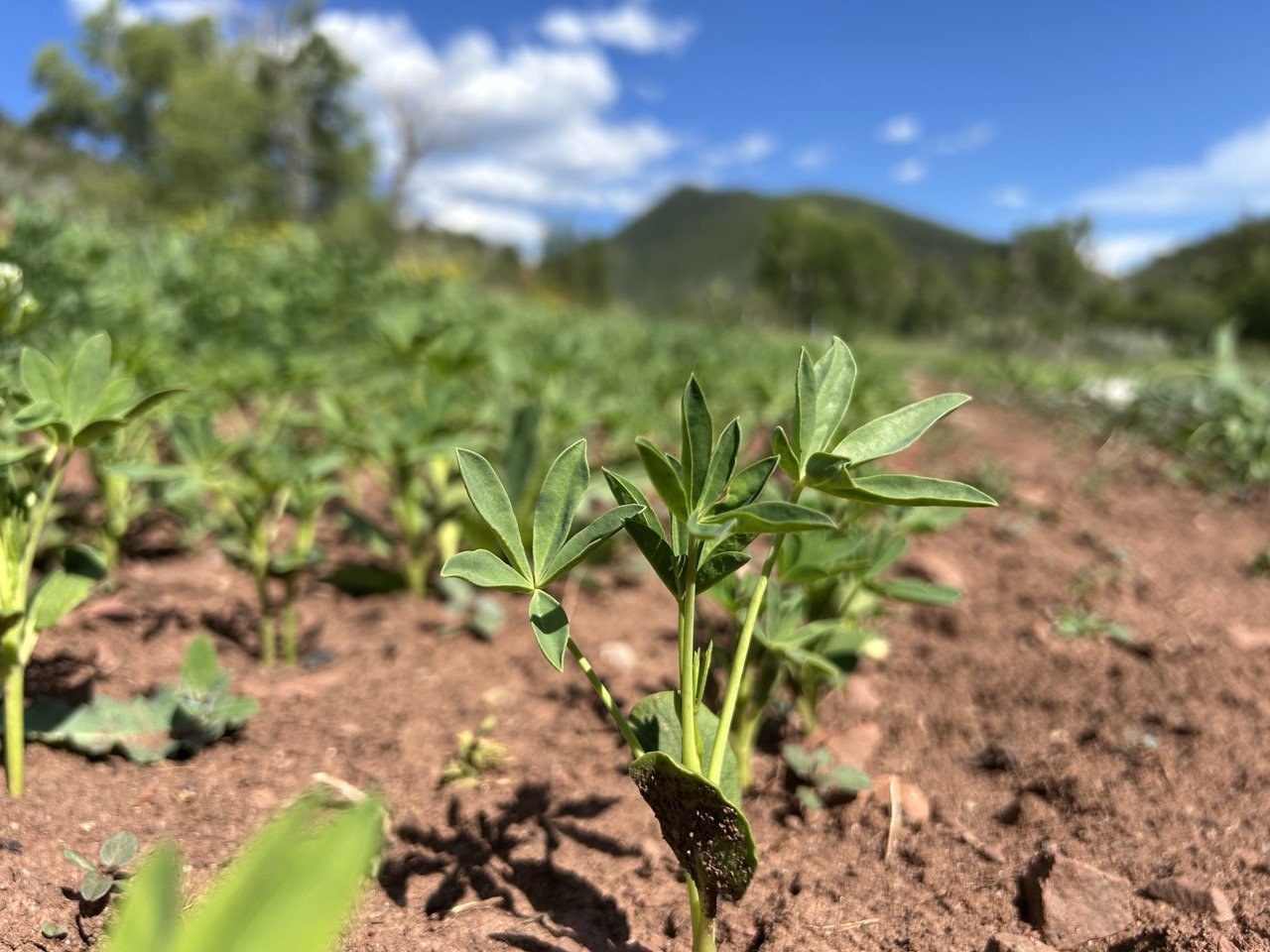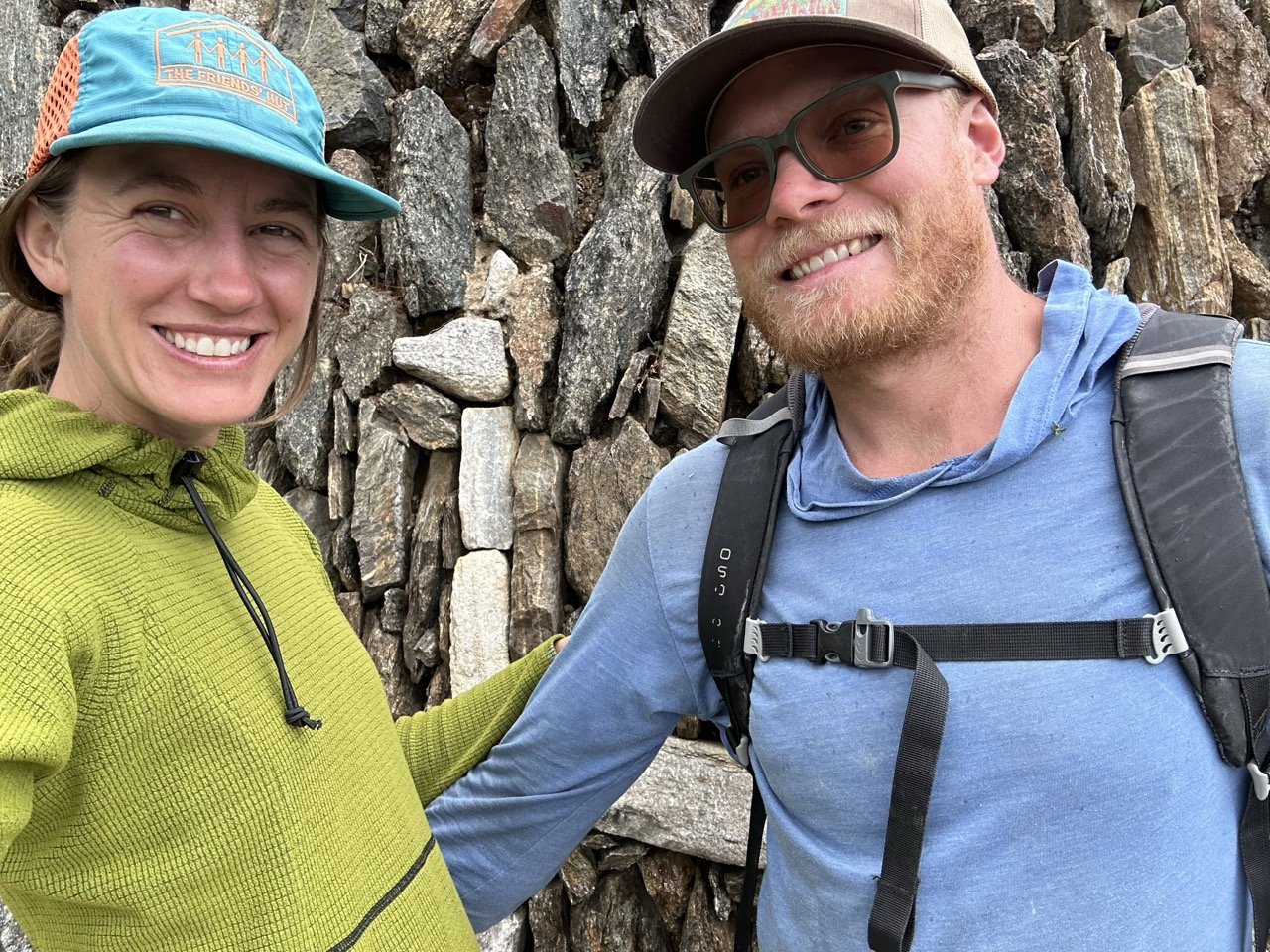The Garden After All: Plans Changed, and a Honeymoon
As we head this year into our fourth year on this particular garden plot, we’ve downsized just a bit, and the size feels perfect. Before we purchased our dream property, we’d planned a slightly larger garden on the farm, which I mapped out here.
On our farm, we raise animals for eggs and meat, produce hay for soil health and livestock feed, grow wheat for bread flour, and cultivate about a quarter acre of vegetables.
Our garden has taken many shapes over the years since Cooper and I met.
At first, it was run by a woman as her first farm. She grew flowers and vegetables to sell at the farmer’s market. She started a beautiful flower CSA in which she crafted and delivered weekly bouquets to her subscribers. At the time, I lived in the next town over and had a tiny strip of garden above the basement apartment I rented. My landlord was over the moon about it, and the neighbors loved the flowering beans that reached above the 10-foot fence and waved hello to their yard.
After her third season here, the woman decided to team up with another local gal and start fresh on a new patch of land. (She has since arranged the floral and vegetable displays at our wedding, which I’ll write a future post about, and continues to flourish as a small farmer.)
That’s about the time I moved onto the farm, so naturally Cooper and I decided to cultivate the quarter-acre together.
For the first two years, we opened it up to friends and acquaintances as a Community Garden. This was a success for the first year—every Tuesday, community gardeners would come to weed and plant and harvest, and they brought home as much bounty as we could convince them to take.
The next season, we wanted to have more produce more often so that community gardeners would get to reap the fruits of their labor earlier, so we planted out an ambitious amount of crops. I suppose life events came to everyone all at once, because we ended up managing this huge garden largely alone.
The following year, we didn’t ask for commitment and instead extended an invitation to join us in the garden anytime to anyone who seemed interested. Letting go of the expectation gave us the flexibility to garden on our schedules instead of pre-set days. We still had a big garden, however, because we were determined to grow as much food as possible for our 120-guest wedding.
And we did. We worked with a rare type of chef who will accommodate the actual realities of small, local food production—realities which are unpredictable to a degree. We met a handful of times throughout the season to dream up a menu based on what ended up growing well.
With rows about 3–4 feet wide and 80–100 feet long, 1-foot paths in between, here’s what we’ve got:
Perennial Rows (with Weed Fabric)
We laid a durable, woven plastic weed fabric and used metal pins to keep them in place. Each strip covers a walking path and the edge of a row, leaving a 6–12 inch gap for plants to grow through. In one of the rows, we didn’t leave a gap and instead burned a zig-zag of holes for perennial flowers and herbs.
Row 1: Raspberries
These would be producing in abundance, but the deer keep getting to the fresh stems in the fall. Raspberries fruit on second-year wood; our plants have none.
Row 2: Rhubarb
A shit ton of it. This might be the first plant to come to life in early spring. By the time the rest of the garden—even the weeds—begin to arrive, the rhubarb is in full force. Rhubarb’s enormous leaves reach out to the sky and match my own spring energy. As I write this, it’s late May and the rhubarb has been flowering for weeks. It easily shades out most weeds and claims the title of First Bounty to Force Creativity in the Kitchen.
Related Post: Last Frost on the Farm
Row 3: Perennial Flowers and Herbs (sort of)
Last year, I planted this row with more than a hundred perennials like yarrow, echinacea, and milkweed. I was too eager and didn’t grow the starts up big enough—they were eaten by rodents before they got established. A very few milkweed plants made it, so this season while I grow up perennial starts into big, healthy plants, we’ll use the holes for summer squash, annual flowers, and some extra peppers that didn’t fit in the greenhouse beds.
Row 4: Asparagus (and a little Horseradish)
Asparagus takes three years from seed to produce stalks that look like the ones in grocery stores. Before that, asparagus shoots are these tiny, wispy little minis that are just adorable. We’re proud of our patch, which we planted with about 1/3 purchased root stock and 2/3 from seed (started in the greenhouse, then transplanted). This year, we indulged in one and a half shoots each to celebrate their establishment. We ate them raw, right there in the garden—tender, crunchy, and full of water and flavor.
Asparagus rewards patience and future-thinking with the kind of satisfaction that only comes with investment.
The horseradish root we planted last spring and have yet to harvest. Horseradish—that wasabi flavor—might be among my top five favorite tastes (after salt, of course).
A New Experiment: Cover Crops and a Peruvian Lupine
Following the perennial rows, this year is a 20-foot wide strip of cover crop, then about a 6-foot strip of something we’re trying for the first time, which we discovered during our honeymoon in Peru: a type of lupine that produces black-bean-sized edible legumes.
We ate this during a glamp-like guided trek to one of Peru’s less visited ruins—like Machu Picchu without the crowds, lines, and motorized access. It was our first-ever guided hike, and we felt like royalty when we arrived at camp to a set-up tent and incredible Peruvian food prepared for us—including a cake that read Feliz Luna de Miel.
When our guide told us we were eating lupine, we started asking questions. She said this type had to be boiled three times and grew in the high mountains. The Incas were masters of seed selection, co-creating so many edible plants, especially beans and corn. We asked her where we could get seed, and she pointed us toward a market in Cusco.
We stored that intel in our minds (our phones were dead). After the trek, we wandered Cusco, searching for the market near or beyond San Pedro. Somehow, we found it—and it was an instant highlight. The market building was packed with vendors selling meats, cheeses, potatoes, hot food, juice, jewelry, alpaca wool, and more. Everything was grouped by category—juicers lined up next to juicers, potato peelers next to potato peelers.
We had three goals: potatoes for seed, corn for seed, and lupine for seed.
The potatoes were overwhelming in their variety: fingerlings, melt-in-your-mouth rounds, lumpy heirlooms used (apparently) to test a bride-to-be’s patience.
The corn was straightforward—vendors sold baggies of seed with dividers for each variety. I’m still deciding how I want to trial them and how to handle the cross-pollination that’ll definitely give me wonky mixes.
The lupine took longer. We described what we were looking for in Spanish. “Lupina” didn’t land. Eventually, we Googled lupine recipes and stumbled on the word tarwi—that was it. We found a vendor who sold it and secured the bag.
Smuggling seeds isn’t new to us 😬, but breaking rules makes my eyes bulge and armpits sweat, so I usually make Cooper carry the contraband. This haul, though, was too big to hide in one scruffy man’s carryon, so I carried the potatoes. Customs either didn’t notice or didn’t care—every seed made it back to our farm.
We seeded the lupine one row at a time using a push seeder. It sprouted within days—and so far, it’s loving life.
Stay tuned for the veggie rows and find out what surprising fancy vegetable is related to a mythical Greek goddess, and what we grow to feed ourselves through winter.








